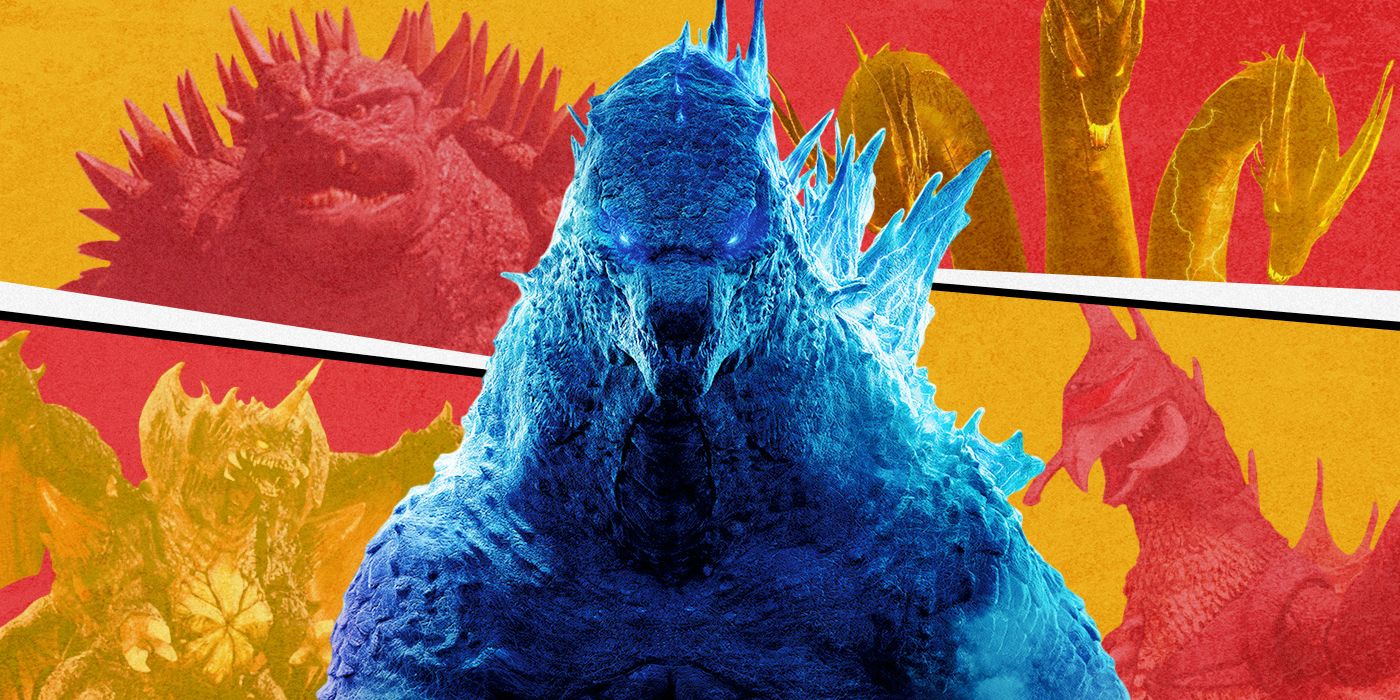

The film captured Japanese fears of nuclear annihilation. released a groundbreaking film that drew inspiration from the Daigo Fukuryu Maru Incident and called it Gojira. The American government countered that he died from a botched blood transfusion.Before he died, Kuboyama implored, ““Please make sure that I am the last victim of the bomb.” Īlmost three months after the Castle Bravo test, Toho Co. The Japanese government claimed that he died as a result of the H-bomb testing. However, the cause of his death was disputed. The radio operator of the Lucky Dragon, Aikichi Kuboyama, died a few months after the incident. Once people discovered that the fish was radioactive, fishing in Japan practically came to a halt. However, contaminated fish caught by other fishing vessels were sold in markets. The tuna caught by the Daigo Fukuryu Maru was so contaminated by the fallout that the government buried them. The men returned to Japan and were diagnosed with radiation sickness. 5) heard “a double clap of thunder.” Two hours later, there was “a rain of white dust.” The ash was “coral dust sucked up by the bomb blast and coated with U-238 fission products.” As soon as it landed on the men, it caused burns. Seven minutes after the initial blast of light, the fishermen of the Daigo Fukuryu Maru (Lucky Dragon No. 5Ībout 14 miles away from the Danger Area, an unsuspecting Japanese fishing vessel was caught in the fallout. However, the bomb’s unexpected power and strong winds caused fallout to spread beyond this area.Īct I: 第五副竜丸, The Daigo Fukuryu Maru, or Lucky Dragon No. military initially designated a 57,000 square mile “Danger Area” to maintain the test’s secrecy. As a result, the yield of this H-bomb was about 1,000 times larger than Little Boy. This unanticipated reaction caused more hydrogen atoms to join together to form hydrogen-3 (tritium) and created high energy neutrons that caused a “fast fission” reaction in the secondary device. The scientists originally assumed that the lithium-7 used in the fusion reaction was inert, or would not have a chemical reaction, and only the lithium-6 would react. However, they were gravely mistaken.Įarly in the morning, the black sky lit up like it was midday, and the device yielded 15 megatons of TNT, almost 2.5 times larger than initially estimated. Scientists estimated that the thermonuclear device would have a yield of 6 megatons of TNT, or about 400 times larger than the Little Boy device used on Hiroshima. For the fusion reaction, scientists used lithium deuteride, a lithium and hydrogen-2 compound, and used lithium-6 and lithium-7 isotopes. The first fission reaction (splitting of uranium-235 atoms) propelled the fusion reaction (joining of hydrogen atoms), which would drive the second fission reaction. Castle Bravo was a fission-fusion-fission device. On March 1, 1954, the United States tested its most powerful and first deliverable H-bomb at Bikini Atoll in the Marshall Islands in the Bravo Shot of Operation Castle. Its origins are steeped in tragedy: first, with the bombings of Hiroshima and Nagasaki and then the effects of U.S. Rather, it began as an overwhelming, uncontrollable force bent on destroying everything in its path. Gojira itself originally was never meant to be a light-hearted character or a savior of any type. However, the original film has its roots in the pacifist, anti-nuclear movement and reflected Japan’s fear of nuclear annihilation. Today, many people, especially outside of Japan, view the kaiju as a light-hearted character that saves Japan and see the franchise as a standard monster movie. The monster has even been repeatedly parodied by The Simpsons in episodes like “Thirty Minutes Over Tokyo” and “Treehouse of Horror XXVI.” More recently, Gareth Edwards directed the popular 2014 Godzilla film that starred Ken Watanabe, Bryan Cranston, and Elizabeth Olsen.


Godzilla (Japanese title: Kingu Kongu tai Gojira). Seven years later, Toho Company and Universal Studios released a new film called King Kong vs. The 1956 Godzilla: King of the Monsters! film, starring Raymond Burr, enthralled the American imagination. The kaiju has even crossed the Pacific Ocean onto the American silver screen. The Toho Company, which produces the Gojira films, has released 29 live-action films and 3 animated films over the last sixty years. Undoubtedly, the the monster created from an H-bomb blast has captured the imagination of people around the world. Gojira, or Godzilla, has been one of the most enduring and iconic kaiju (Japanese giant monsters) in popular culture.


 0 kommentar(er)
0 kommentar(er)
